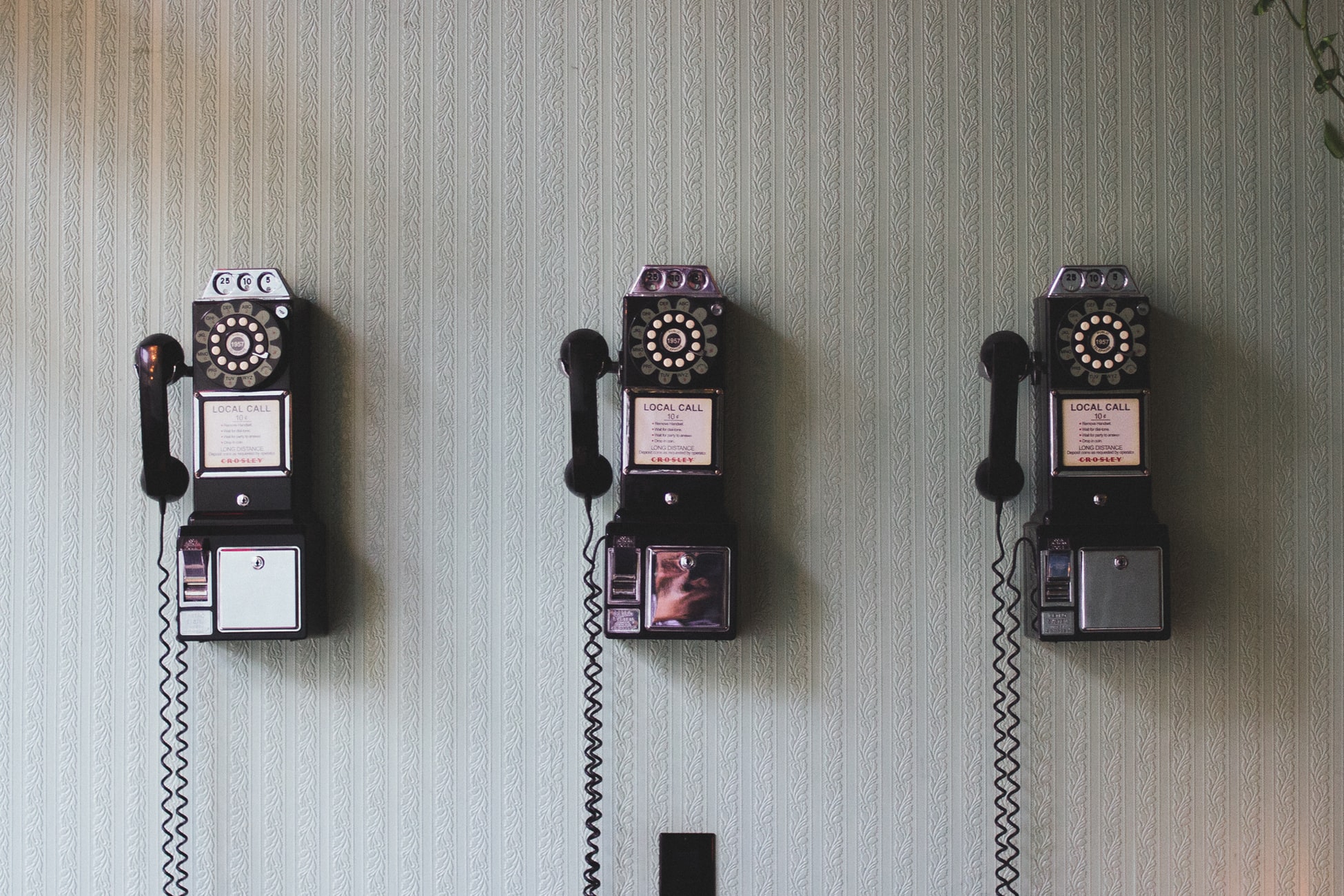During my career working on numerous accounts, I’ve had the pleasure of being around some of the best account leaders in the business. Based on this experience, I feel account management secret sauce has three key components:
- Relationship: building strong relationship foundations – internally within the agency, partners and clients, is key to long-term success.
- Creative Excellence: helping shepherd the creative process to ensure creative is as strong as possible throughout the development process – from helping make sure the brief is grounded in client insights, to answering questions, to selling in the core ideas and concepts, to bringing it to life.
- Passion: having the drive and never settling approach built within your DNA.
With these core components top of mind, below are the 10 keys to account management:
Invest in Client’s Business.

Invest in truly understanding the client’s business. Everything from reporting structure, key stakeholders, their industry, product portfolio to their stock price. How are they positioned against their competitors? Is their collective business doing well? Make sure you sign up for news feeds to help stay on the pulse of their business.
From an individual client standpoint, get to know what they like and don’t both professionally and personally. What are their “hot buttons”? What type of creative do they like? Do they like sports? Ask to follow on social. Especially the lead clients, you are going to spend a lot of time together. It’s always good to have a professional friendship.
Identify the “Win”.

Need to analyze how do you win on each given account. Is it an account that could be a creative showcase? Does it have the ability to grow? Is it a profitability play? This insight will help in guiding the agency and team towards the win. And it can help ensure that the agency isn’t trying to accomplish something that isn’t possible.
Find the “Why”.

In a lot of cases, people go right to the solution, including clients. Some feel it’s being helpful or could be because it’s perceived as the faster route. But the key is to get to the core reason why something is being asked. For example, if there are requested changes, find the why are clients asking for the change in addition to what the actual change is. Dig deeper and figure out why it’s asked, and then come back with solutions that tackle it.
Listen.

Stay on the pulse of what is going on within the account. From a client perspective, how happy are they with the agency’s performance? Are they working well with the collective team? Is it taking one round to nail a concept or multiple and is there a growing frustration with having a lot of rounds of feedback. Directly ask for continuous client feedback to eliminate vagueness, which can only slow down the account. And then act accordingly.
From an internal perspective, how happy is the team? Are they learning and growing? Are they challenged, too much or too little? Are they enjoying working on the account? Is there enough resources or too many (which can have the same negative effect as too little). Listen and then act accordingly (nothing worse for an employee having to say the same thing over and over without something being done about it..)
Easy to Buy.

Leverage the insights, experience, and history that you have about the business and clients and aid the team in making it easy for clients to buy the ideas. Predict what the response will be and create preemptive logic that addresses client concerns even before they ask. This demonstrates that you are prepared and understand their business.
Lean In.

Titles in the grand scheme don’t matter. Be available to help in any way possible. Be there to quickly answer questions. If the team needs lunch because they have been sequestered trying to solve a challenge, go get lunch. Go above and beyond to support the team.
The Art of “No”.

It’s hard to push back. To say no. It’s really easy to say “yes”. To take orders and pass them along. But that’s not what strong account management is about. There is an art to saying no. Give clients alternate solutions that help address their original ask that you can’t deliver on.
Wear Multiple Hats.

Account managers wear multiple hats. From helping create briefs, manage projects, developing strong presentations, developing spreadsheets, reviewing routers and selling in ideas. The key is being comfortable going quickly from one task to another, depending on the urgency and importance.
Build Equity.

Just like in equity in houses, building equity with clients happens over time. The more you invest, usually the bigger the return. Think of it as if you had equity poker chips. Those chips are for you to use at your discretion to manage the business. Once you have equity built up you exchange this equity for asks – maybe it’s discussing a new business opportunity or discussing something you know will be a tough conversation. You leverage this equity. It’s precious so choose when to use it wisely.
Collaborate.

A big key is collaborating across the business, including with partners. This is made harder when those “partners” are competitors that you could come across when pitching other businesses. Be open-minded and know they too are trying to do good work as well. You have to remember to always do what’s in the best interest of the clients and their business.
Lastly, try to carve out moments for fun. Account management is hard and sometimes under-appreciated. It’s a vital role in developing great work for clients. Good luck.
If you would like to know more or have any account management questions, please email: brianphelps10@gmail.com.


























































